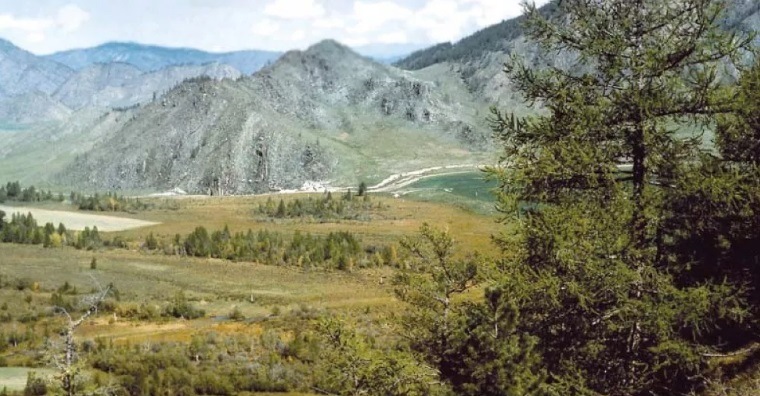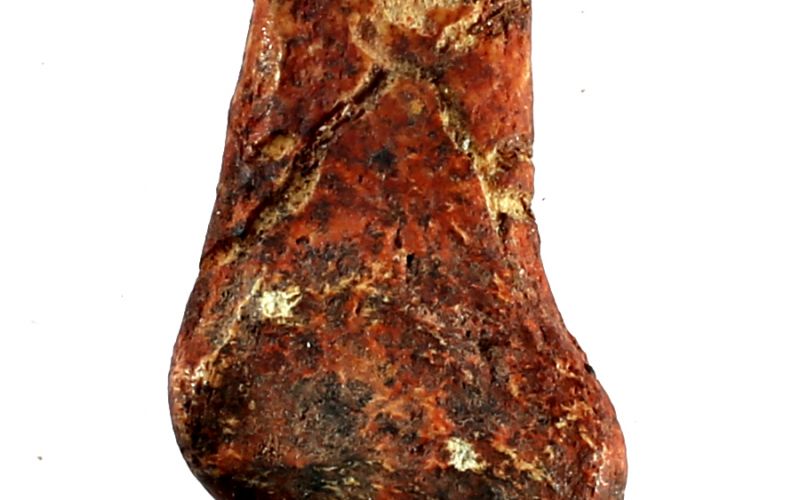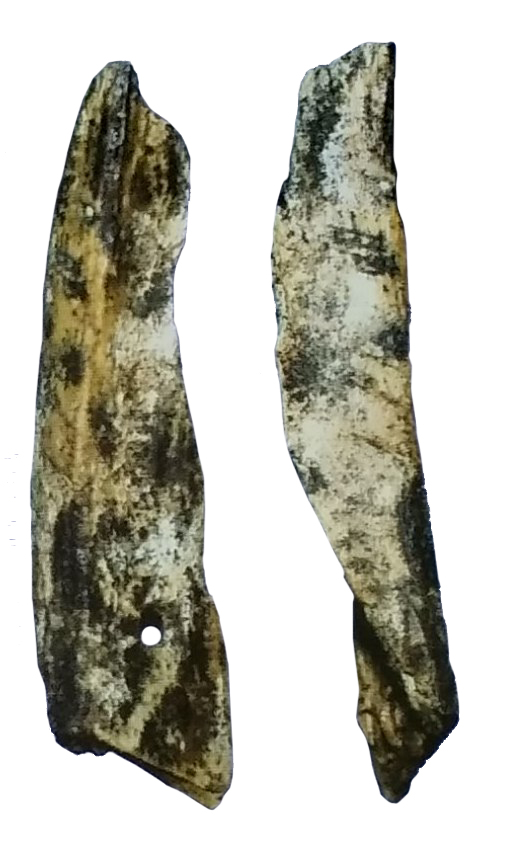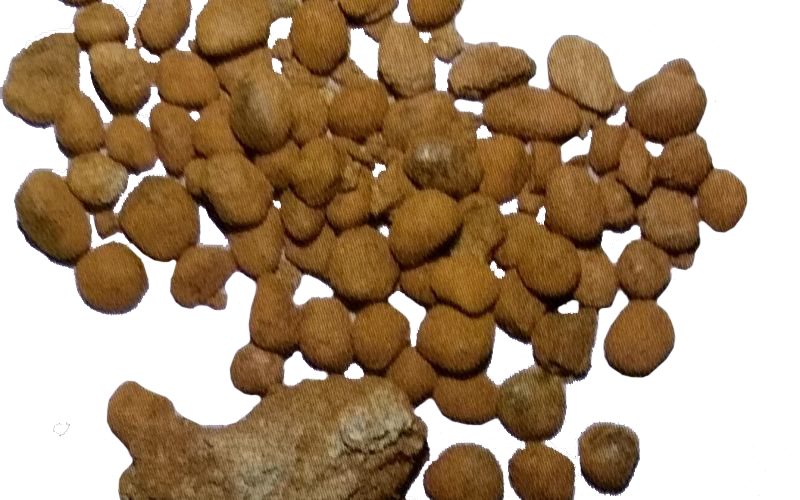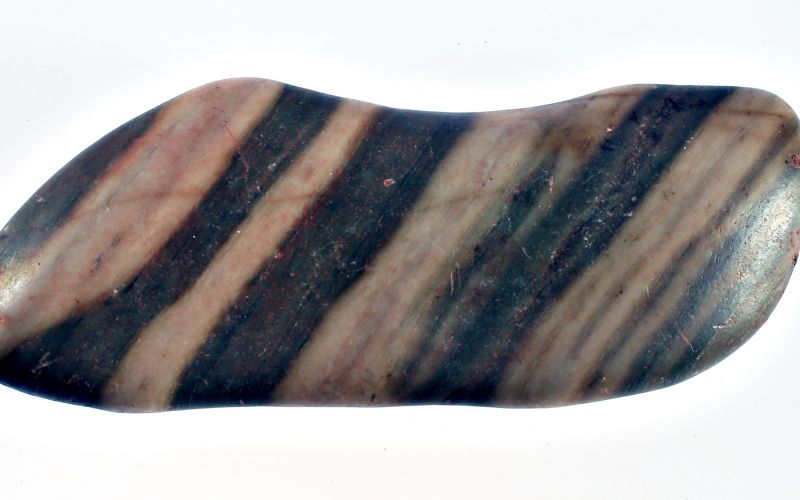Kara-Bom
The multilayered paleolithic complex Kara-Bom is located on the territory of Ongudaysky district of Central Altai. The site is located at the foot of the right slope of the Elovskoy depression, at the confluence of the Altayra and Semisart streams, 1.5 km from their confluence into the r. Kayerlyk, tributary r. Ursul. The absolute height of the site is 1 120 m above sea level.
Kara-Bomt was unveiled in 1980 as a result of exploration work by a detachment of the North-Asian complex archaeological expedition under the leader by academic A. P. Okladnikov. In the same year, the first excavations were carried out. Later, the work was resumed in 1987 by the Altai detachment of the North-Asian complex archaeological expedition (expedition leader A. P. Derevyanko, detachment leader V. T. Petrin) and were conducted intermittently until 1993. For all the research time an area of 300 m2 was excavated.
Expressive archaeological complexes formed the basis of the modern understanding of the processes of the development of ancient human culture in the Gorny Altai during the Middle Paleolithic, as well as the early stages of the Upper Paleolithic (IUP & EUP). Kara-Bom'smaterials allowed to substantiate the transitionfrom Middle to Upper Paleolithic of Altai, and Southeren Siberia.
Two stable Upper Palaeolithic complexes separated by a sterile interlayer were identified - Upper Paleolithic, 1 (upper, radiocarbon age within 30–34 th. years BP) and Upper Paleolithic, 2 (approximately 43–45 th. years BP).
The primary splitting of Kara-Boma’s Upper Paleolithic industries is aimed at the production of blades as part of the utilization of two-prismatic, prismatic and combinatorial cores (the front of such products is localized in adjacent planes — narrow end and wide). In the toolkit, retouched plates, end scrapers, retouched tips on blades, including ventral base of the base, incisors, combined tools, touch-faceted products, and chisel-shaped tools were fixed.
Within the framework of this complex, one of the oldest evidences of the symbolic activity of ancient man at the initial stage of the Upper Paleolithic was recorded.
Collection
Publications
Arheologiya i paleoekologiya paleolita Gornogo Altaya: putevoditel' mezhdunar. simp. «Hronostratigrafiya paleolita Severnoj, Central'noj, Vostochnoj Azii i Ameriki (paleoekologicheskij aspekt)». Novosibirsk, 1990. 158 s.
Belousova N. Е., Rybin Е. P. Novaya skhema kul'turno-stratigraficheskogo chleneniya ranneverhnepaleoliticheskih otlozhenij stoyanki Kara-Bom (na osnove prostranstvennogo analiza i dannyh remontazha) // Vestnik Novosibirskogo gosudarstvennogo universiteta. Seriya: Istoriya, filologiya. 2013. T. 12. №7. S. 64-76.
Derevyanko A. P., Petrin V. T. Issledovaniya mnogoslojnogo paleoliticheskogo pamyatnika otkrytogo tipa Kara-Bom // Altaika. 1992. № 1. S. 19–23.
Derevyanko A.P., Petrin V.T., Rybin Е.P., CHevalkov L.M. Paleoliticheskie kompleksy stratificirovannoj chasti stoyanki Kara-Bom. — Novosibirsk, 1998.
Derevyanko A.P., Petrin V.T., Rybin Е.P. Harakter perekhoda ot must'e k pozdnemu paleolitu na Altae (po materialam stoyanki Kara-Bom) // Arheologiya, etnografiya i antropologiya Еvrazii. — 2000. — №2.
Okladnikov A. P. Paleoliticheskaya stoyanka Kara-Bom v Gornom Altae (po materialam raskopok 1980 goda) // Paleolit Sibiri. Novosibirsk: Nauka, 1983. S. 5–20.
Slavinskij V.S., Rybin Е.P., Belousova N.Е. Varianty tekhnologii rasshchepleniya v srednem i verhnem paleolite stoyanki Kara-Bom (po materialam remontazha) // Arheologiya, etnografiya i antropologiya Еvrazii (v pechati).
Goebl T., Derevianko A. P., Petrin V. T. Dating the Middle-to-Upper Paleolithic Transition at Kara-Bom // Current Anthropology. 1993. Vol. 34. P. 452–458.
